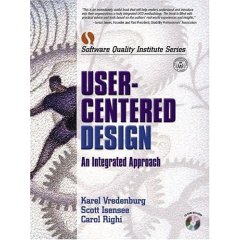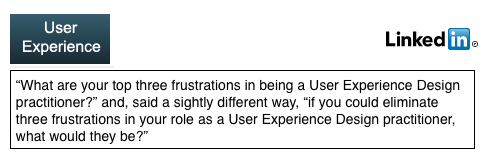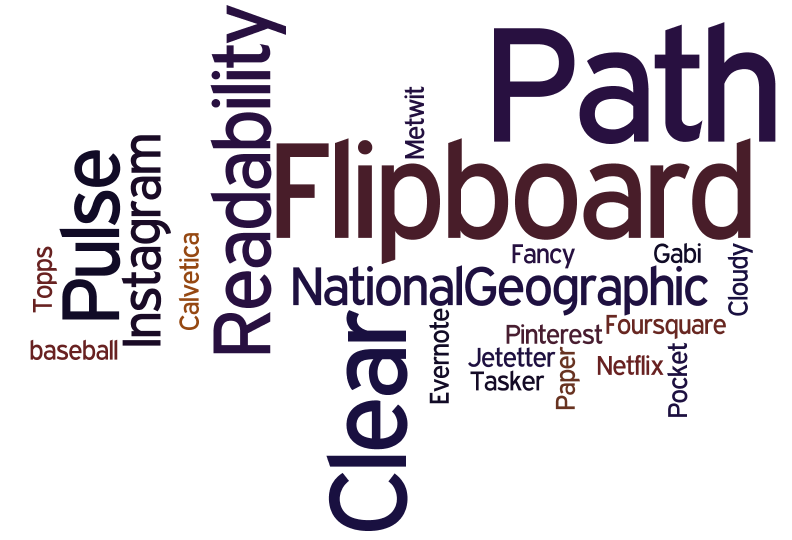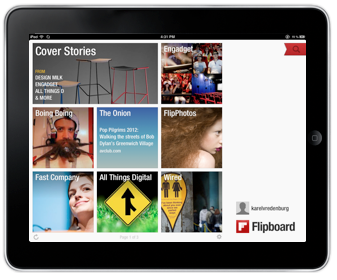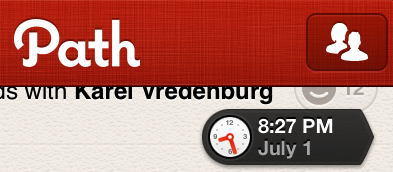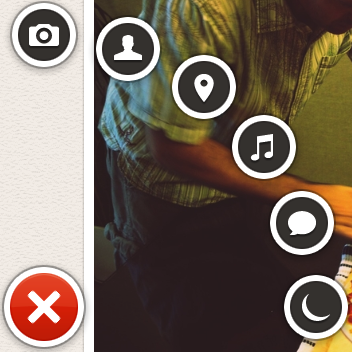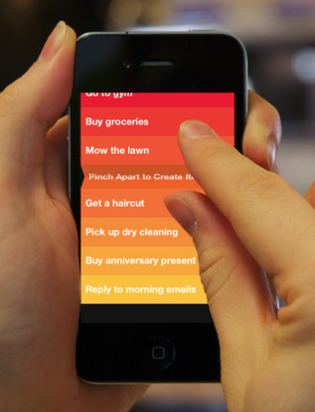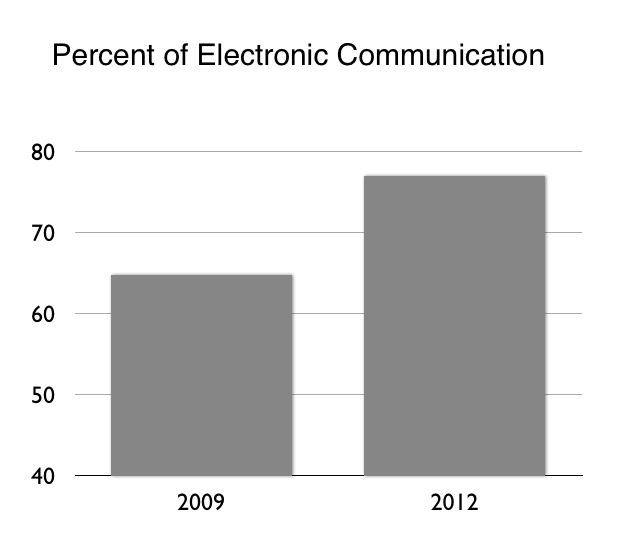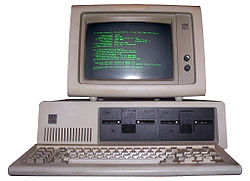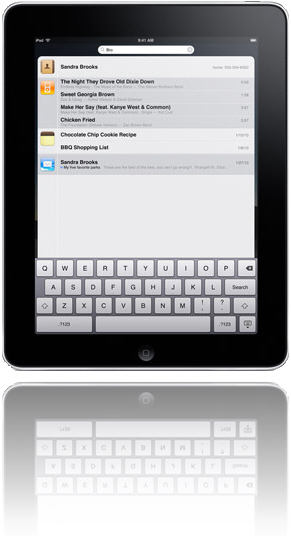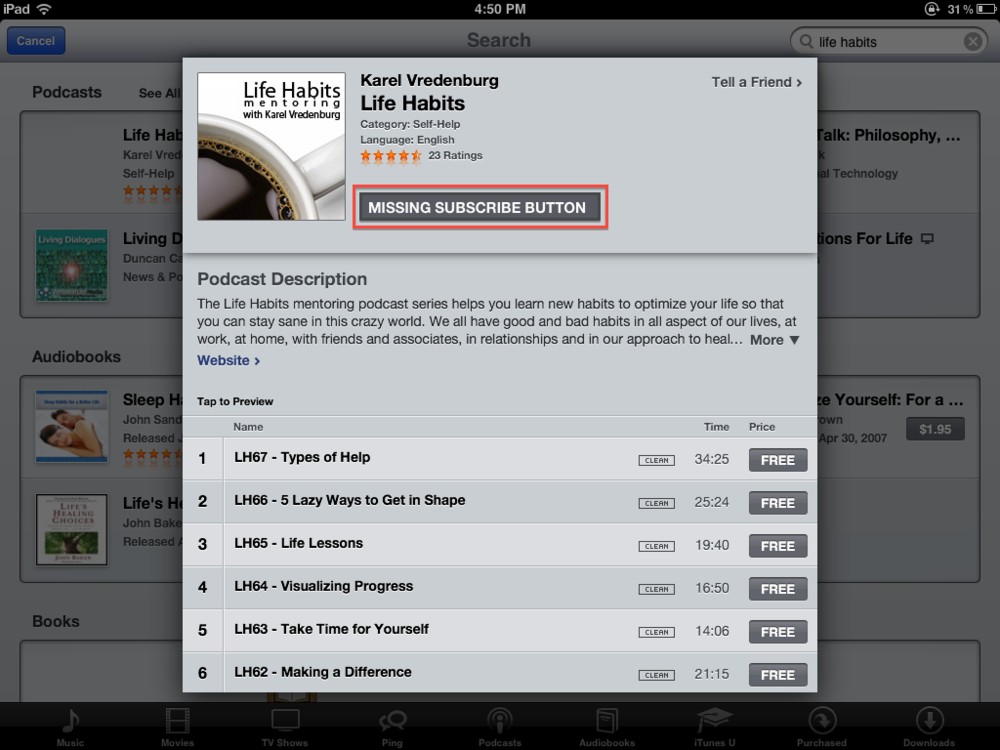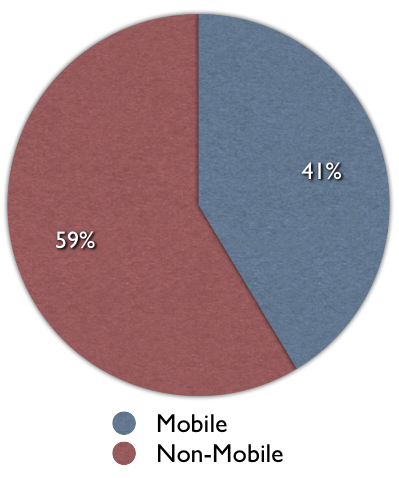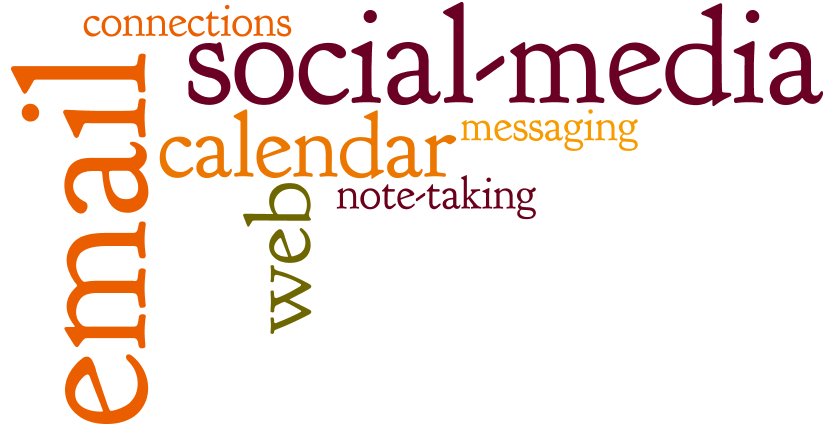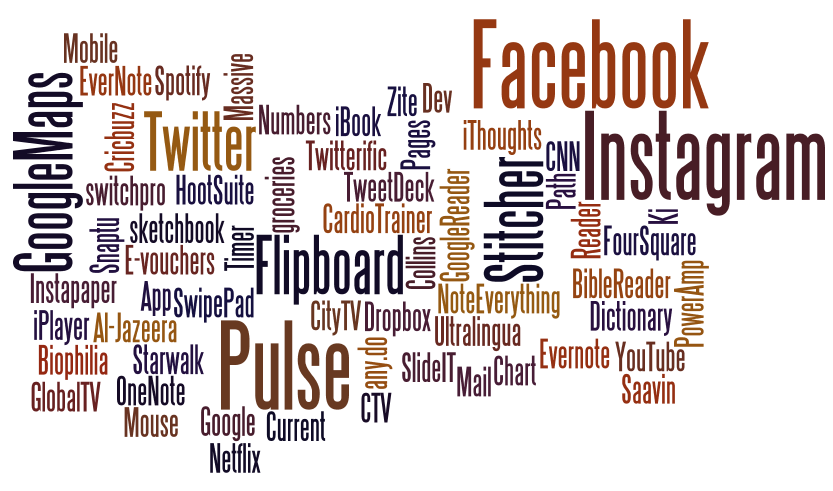The intense interest in design is leading more and more companies to strive to achieve design excellence. However, many of them fail to achieve that excellence because they don't understand the key ingredients. There are many ingredients to driving design excellence and many misconceptions. I plan to address some of these in this and upcoming blog posts.
Many people believe that you should simply be creative and intuit a great idea. One of my fellow panelists from a startup in the Bay area argued for this approach at a conference I was speaking at recently. He worked at a startup that has seen some success but I pointed out that he was in the minority, in that the vast majority (90%) of technology startups fail. In order to increase the probably of success of a startup or of a product or system within an existing company you have to understand your users and potential users.
So, how do you do that? Some people believe that you need to do extensive and rigorous empirical research. I don't. You essentially need to empathize with your users or potential users, understand their lives, their environment, their work (if that's relevant), and very importantly, their motivations, aspirations, concerns, worries, and their emotional reactions. You have to get inside their heads and hearts. You can do that most effectively by spending time with a small representative number of them in person. Simply observe them (ethnographic observation), talk to them (structured interview), and capture their environment (screenshots, photographs, journals).
In the early stages of a healthcare project, for example, our design team visited several cancer clinics and observed all the staff to determine who did what, when, with what. We also held in-depth interviews with key members of the clinic team such as the Oncologists. In addition to understanding their role, we also asked them questions like, "what keeps you up at night?" It was this type of probing that yielded some of the most interesting and useful information.
Once we had a deep understanding of the users and potential users, we could start to explore creative solutions to problems we identified and innovations for opportunities we observed. Without this user understanding, we would have been shooting in the dark.
So, is creativity and innovation important? Absolutely. However, you increase the likelihood of success for your creative and innovative design solutions if you start with a context of who you're designing those for. So, is creativity enough? No, it first requires understanding before you develop creative designs.




